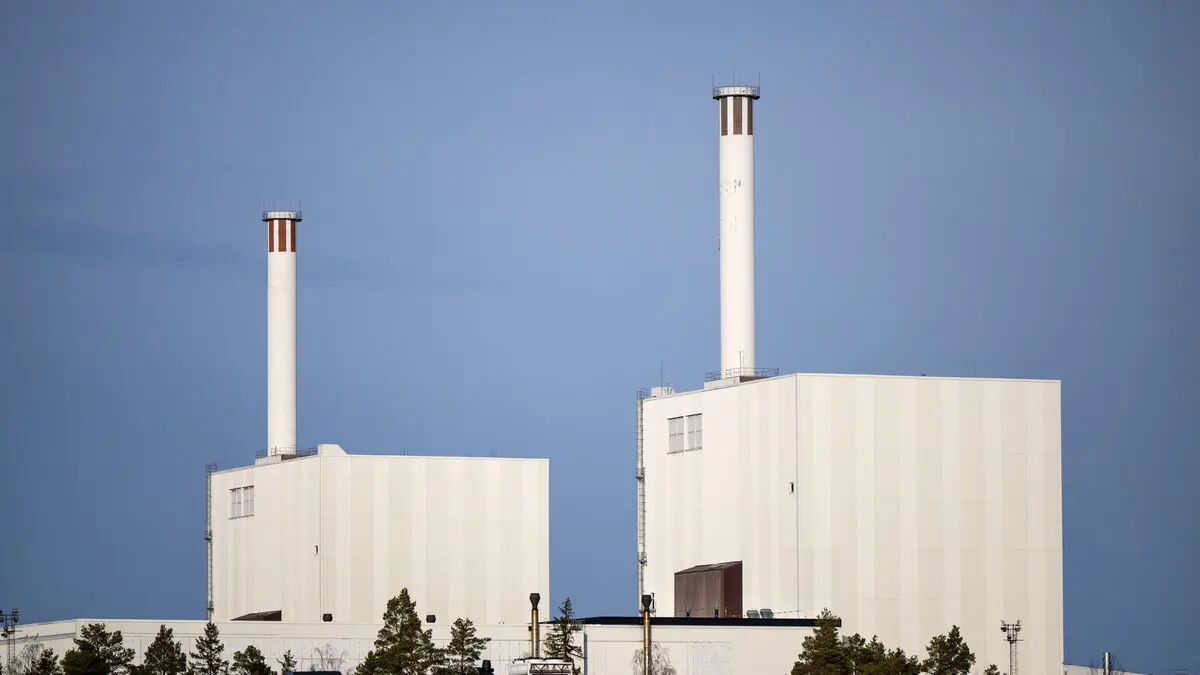Davod Molavi's thoughts usually drive an electric car to work, but for the time being, he has his wife's petrol car. A full tank at OKQ8 in Västberga in Stockholm costs him around 600 kronor this day.
I drive a lot both in service and privately, so I notice when the price goes down, he says.
It becomes more enjoyable to refuel now, otherwise it usually hurts quite a bit.
At the same time as the US tariffs against, among others, China and the EU have caused chaos on the world's stock exchanges, the oil price has fallen sharply, 20 percent, in the past week.
On Wednesday, the price fell below 60 dollars for a barrel of North Sea oil (brent). The price has not been this low since 2021.
Decreased demand
The falling prices are one of the effects of the tariffs that the US President Donald Trump has introduced against almost the entire world, notes Christian Kopfer, commodity analyst at Handelsbanken.
The market concludes that there is a significant risk of decreased economic activity globally, he says.
This means that the demand from the petrochemical industry, primarily when we talk about oil, is expected to decrease.
Great uncertainty
The forecast was already before the American import tariffs that the oil price, and thus the petrol prices, would fall further. Among other things, because Opec, with Saudi Arabia at the forefront, has announced increased production.
It is, however, difficult – if not impossible – to predict the price development going forward, according to Christian Kopfer.
It is always difficult to make economic forecasts, but to set forecasts for commodities now is almost impossible. Everything depends on whether the announced tariffs remain, he says.
The uncertainty is monumental. All balls are up in the air, but you do not know how they will land.





